August 13, 2025
August 13, 2025
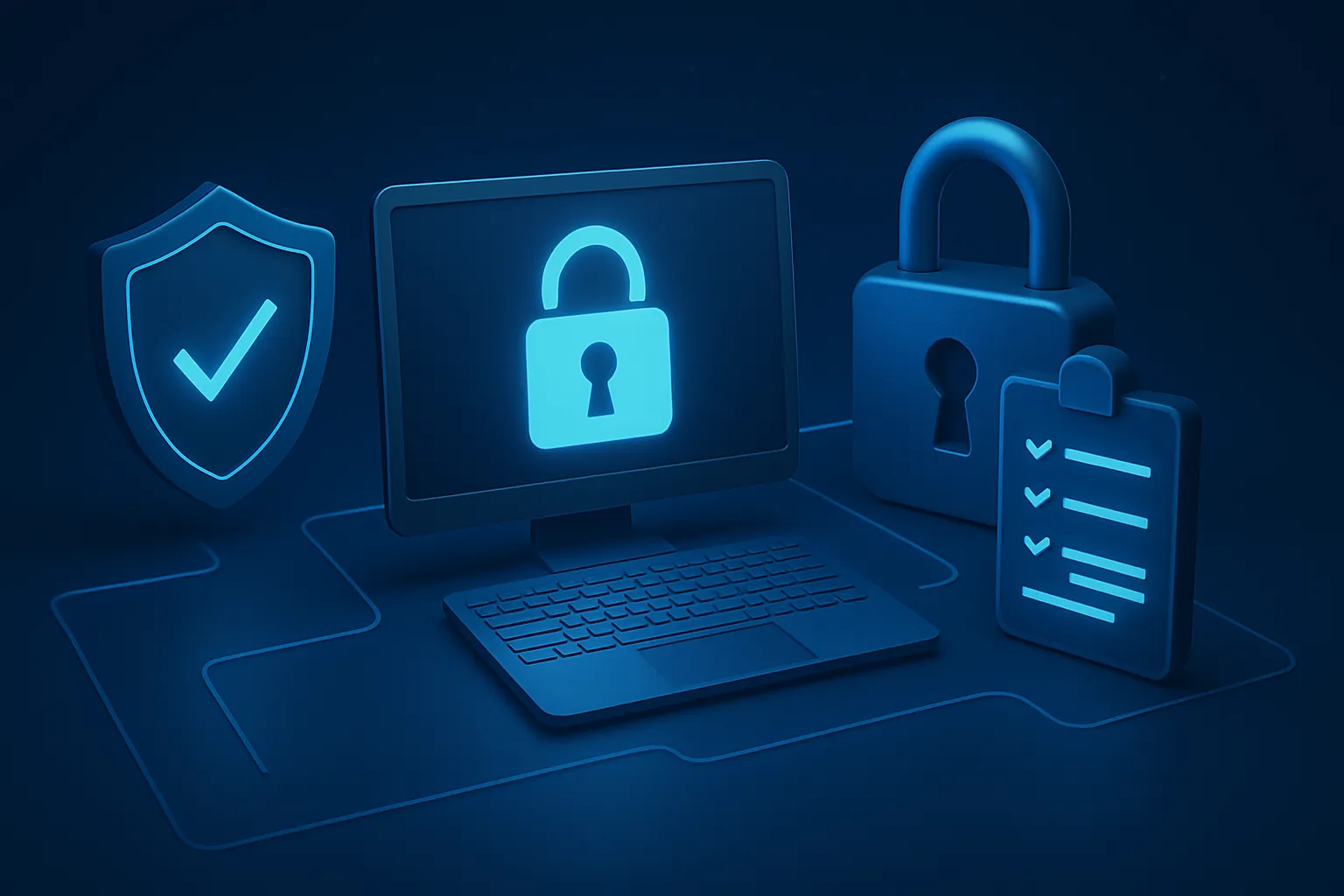
Now, where digital systems are the backbone of every business operation, IT security management is no longer optional. It is a critical foundation for protecting data, maintaining business continuity, and ensuring long-term resilience against evolving cyber threats. From data breaches to ransomware attacks, the risks are real and rising. That is why organizations must adopt a structured approach to managing IT security effectively. In this article, we will explore what IT security management entails, walk through the core processes involved, and uncover practical implementation methods that help businesses stay secure, compliant, and prepared for the unexpected.
IT security management refers to the set of policies, processes, and technologies that organizations use to protect their information systems from unauthorized access, disruption, or destruction. It encompasses both strategic planning and day-to-day operations, aiming to secure networks, applications, data, and infrastructure from internal and external threats.
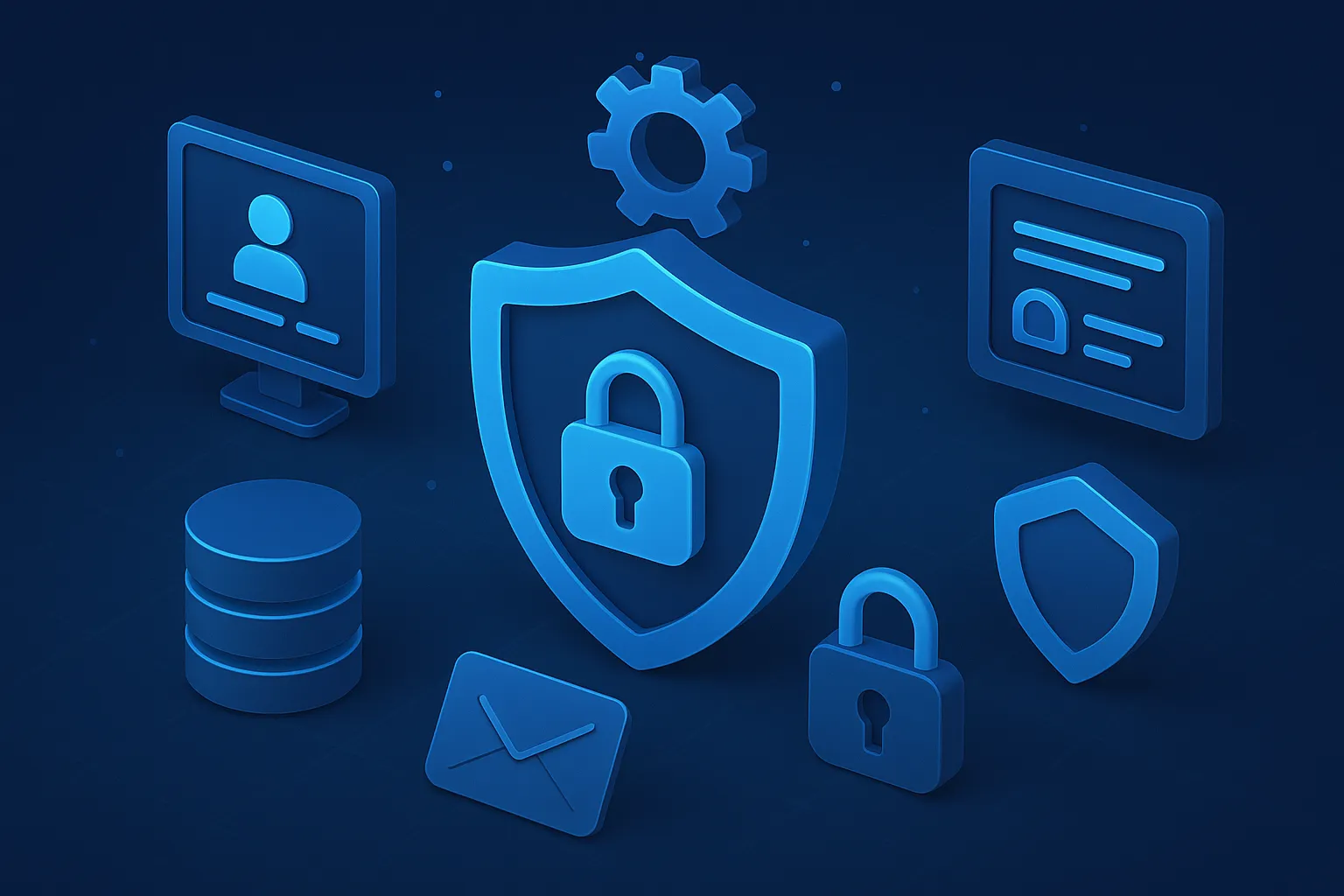
At its core, it is about risk control. It requires identifying potential vulnerabilities, assessing the likelihood and impact of threats, and implementing preventive or corrective measures to mitigate those risks. This includes everything from setting user access controls and encrypting sensitive data to monitoring system activity and responding to incidents in real time.
While often confused with broader information security or cybersecurity, IT security management has a more focused scope. It is specifically concerned with managing the security of IT assets and operations such as servers, networks, databases, and devices within an organization’s technology environment.
Effective IT security management not only protects against cyberattacks but also ensures compliance with industry regulations, builds stakeholder trust, and supports business continuity. In a landscape where technology evolves rapidly and threats become more sophisticated, a well-defined security management framework is essential for long-term resilience and success.
A robust IT security management strategy is built on several key components that work together to safeguard an organization’s digital environment. Each element plays a vital role in reducing risk, ensuring system integrity, and enabling a proactive security posture.
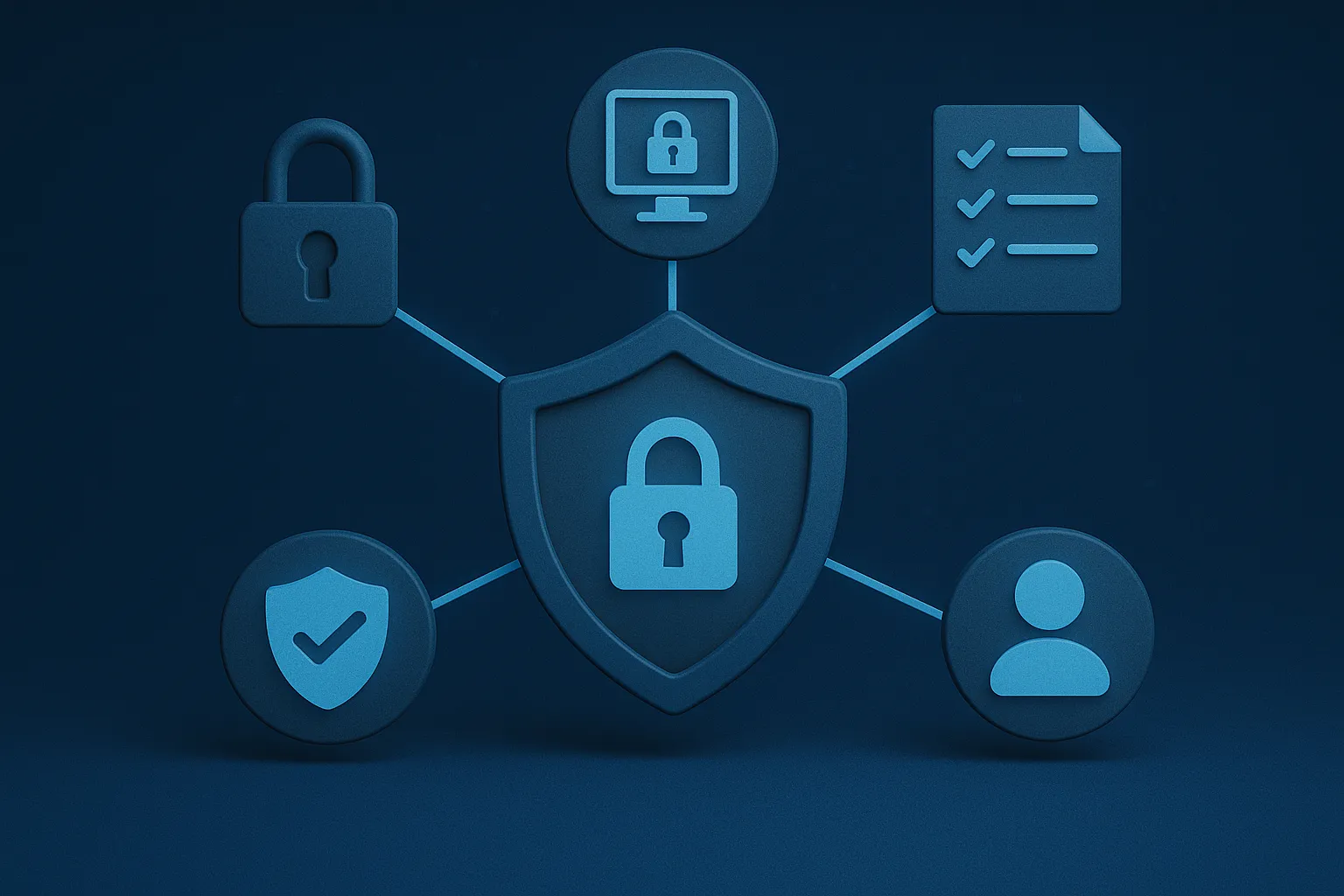
1. Security Policies and Standards
Clear, well-documented security policies provide the foundation for consistent protection across all IT systems. These policies define acceptable use, data handling procedures, access rights, and incident response protocols. By setting expectations and enforcing standards, organizations can minimize confusion and promote security awareness at every level.
2. Risk Management
Risk management is the process of identifying, evaluating, and prioritizing security threats to IT assets. It involves conducting risk assessments, mapping vulnerabilities, and implementing controls to reduce exposure. Effective risk management enables organizations to allocate resources strategically and focus on the most critical areas.
3. Access Control
Controlling who has access to what and under what circumstances is fundamental to IT security. This includes the implementation of role-based access controls (RBAC), multi-factor authentication (MFA), and least-privilege principles. Proper access management helps prevent unauthorized access and limits the potential impact of internal or external breaches.
4. Threat Monitoring and Detection
Continuous monitoring allows organizations to detect anomalies and respond to potential security incidents in real time. Security Information and Event Management (SIEM) tools, intrusion detection systems (IDS), and endpoint monitoring solutions are commonly used to gather and analyze data for early warning signs.
5. Security Awareness and Training
Human error remains one of the leading causes of security incidents. Ongoing training programs help employees recognize threats like phishing, social engineering, and unsafe practices. A culture of security awareness reinforces every other aspect of IT security management and reduces the likelihood of avoidable breaches.
6. Incident Response and Recovery Planning
Despite best efforts, no system is immune to attacks. Having a tested incident response plan ensures that when something does go wrong, the organization can contain the damage, recover quickly, and learn from the event. Business continuity and disaster recovery planning are essential components of this process.
Together, these elements form the backbone of effective IT security management. They allow businesses to take a structured, comprehensive approach to protecting their digital operations in an ever-changing threat landscape.
Implementing a successful IT security management framework requires more than just tools, it demands a structured, repeatable process that aligns with business goals and adapts to a constantly shifting threat landscape. Below is a step-by-step guide to building an effective IT security management process from the ground up.
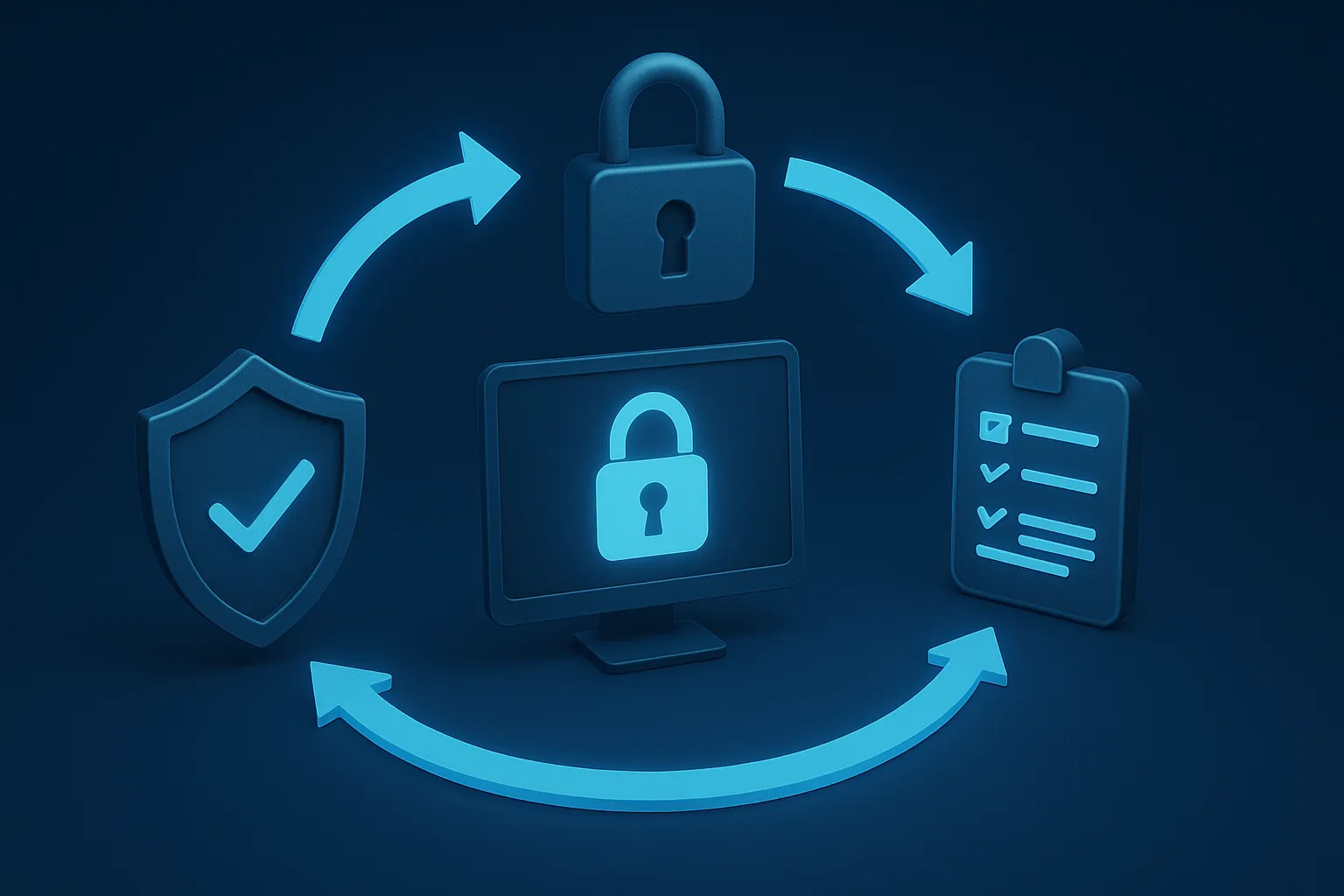
The first step is to identify all critical IT assets within the organization. This includes hardware, software, data repositories, network infrastructure, and cloud environments. Each asset should be classified based on its sensitivity, business value, and potential impact if compromised.
Understanding what needs to be protected allows organizations to prioritize their security efforts and allocate resources effectively.
Once assets are identified, organizations must evaluate the risks associated with each one. This involves analyzing potential threats such as malware, phishing, insider threats, or physical breaches and assessing their likelihood and potential impact.
A thorough risk assessment helps organizations develop a clear picture of their security posture and guides decisions on which controls to implement. Risk matrices, vulnerability scans, and threat modeling are commonly used tools in this phase.
Based on the findings of the risk assessment, the next step is to develop and formalize security policies and technical controls. These may include password standards, access control rules, encryption protocols, data retention guidelines, and remote work policies.
Controls can be categorized as:
Policies should be documented, communicated across the organization, and updated regularly to reflect changes in technology or compliance requirements.
With policies and controls in place, organizations can begin deploying security technologies to enforce them. This may include:
The technology stack should be tailored to the organization’s size, industry, and specific risk profile. Integration and automation are key to reducing complexity and improving response time.
Continuous monitoring is a cornerstone of IT security management. Using tools like SIEM (Security Information and Event Management), organizations can detect anomalies, unauthorized access attempts, or suspicious activity in real time.
In parallel, an incident response plan should be activated whenever threats are detected. The plan should outline roles, escalation paths, communication protocols, and post-incident reviews. Swift, coordinated responses can dramatically reduce the damage caused by security incidents.
IT security management is not a one-time task. Regular audits and security reviews help ensure that controls remain effective and that the organization keeps pace with emerging threats. Metrics such as incident response time, policy compliance rate, and number of detected vulnerabilities can guide performance evaluations.
Feedback loops and continuous improvement mechanisms should be built into the process. This ensures that lessons learned from incidents and audits are used to strengthen the overall security posture.
Building and maintaining a strong IT security management process requires time, commitment, and ongoing collaboration across departments. By following a systematic approach from asset identification to continuous improvement organizations can create a security culture that is both resilient and responsive.
In a digital era defined by complexity and risk, a well-executed IT security management process is not just a technical necessity but a strategic advantage.
Effective IT security management offers far-reaching benefits that go well beyond simply protecting digital assets. At the most fundamental level, it reduces the risk of cyberattacks, data breaches, and service disruptions by implementing controls that proactively address vulnerabilities. This risk reduction not only prevents financial losses associated with system downtime, regulatory fines, or ransomware demands, but also safeguards the organization's reputation in the eyes of customers, partners, and stakeholders.
A strong security framework also ensures compliance with industry standards and legal regulations, such as GDPR, HIPAA, or ISO/IEC 27001. For many industries, maintaining compliance is not just a matter of best practice, it is a legal obligation. Organizations that manage security effectively are better positioned to pass audits, win contracts, and build long-term business relationships based on trust and accountability.
Moreover, well-managed security systems enable operational efficiency. By standardizing security processes, automating routine monitoring tasks, and minimizing the frequency and impact of incidents, teams can focus on strategic initiatives rather than firefighting. This stability becomes a key enabler of innovation and digital transformation, allowing businesses to scale securely.
Finally, effective IT security management fosters a culture of security awareness across the organization. Employees are more informed and vigilant, systems are more resilient, and leadership can make confident decisions based on a realistic view of the organization’s risk landscape. In a world where threats are constant and evolving, a proactive and integrated approach to security becomes a source of competitive advantage, not just protection.
Choosing the right partner for IT security management can make the difference between reactive defense and proactive protection. At Serdao, we go beyond off-the-shelf solutions to deliver security services tailored to the unique needs, risks, and goals of each organization.
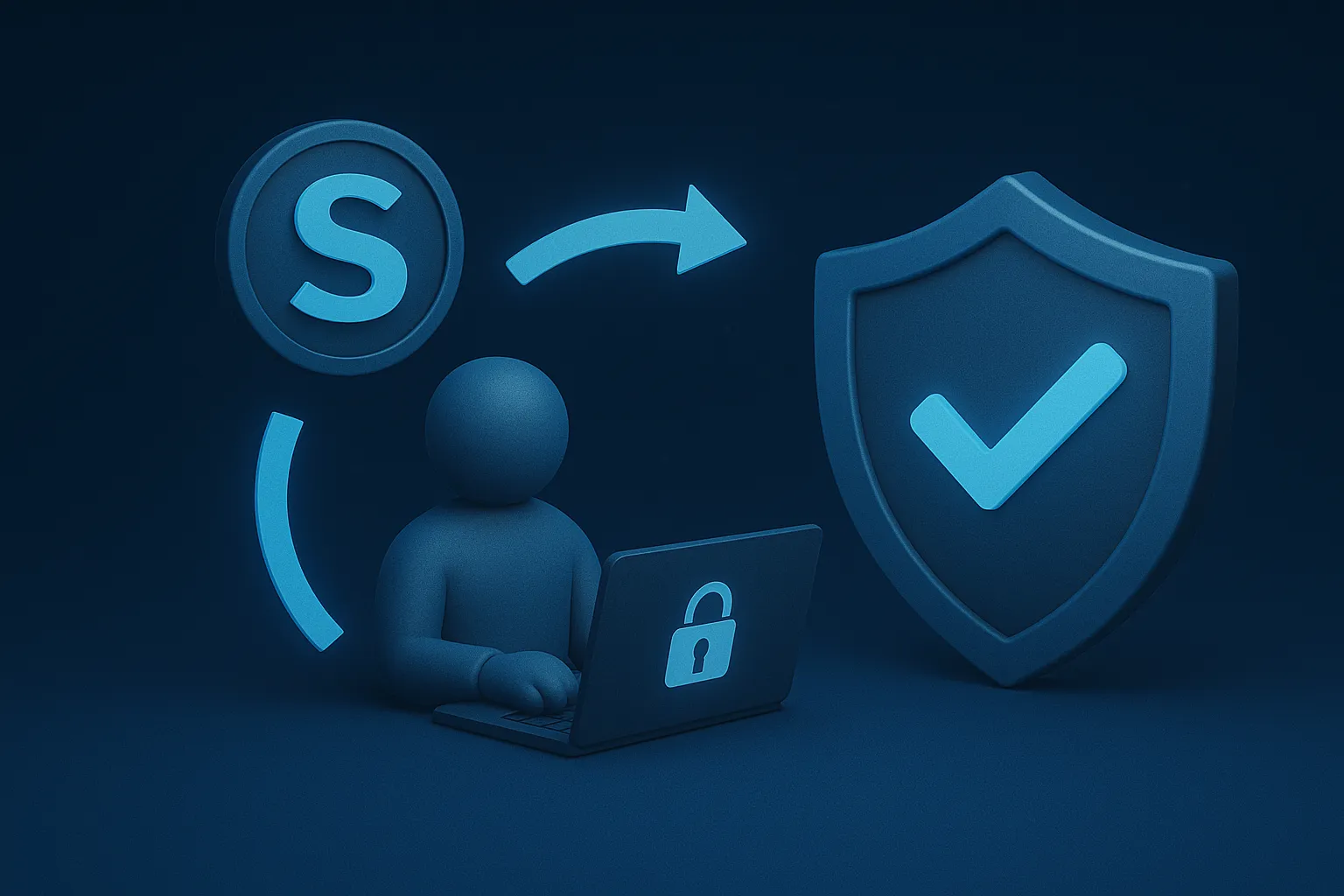
Our approach starts with a deep understanding of your business environment. We assess your existing infrastructure, identify vulnerabilities, and design a security roadmap aligned with industry standards such as ISO 27001 and SOC type 2. Whether you're a growing startup or a large enterprise, we scale our services to match your complexity without overcomplicating the process.
What sets Serdao apart is our end-to-end capability. From policy development and access control to threat detection, incident response, and continuous monitoring, we integrate people, process, and technology into a unified security framework. Our security experts work closely with your internal teams to ensure smooth implementation, minimal disruption, and measurable results.
In addition, Serdao provides 24/7 monitoring and support to detect and respond to threats in real time. We leverage advanced analytics, automation, and threat intelligence to help your business stay ahead of evolving risks. And because cybersecurity is not static, we continuously refine our approach to adapt to new challenges.
Partnering with Serdao means gaining more than a vendor, you gain a security ally who is invested in the long-term resilience and integrity of your digital operations.
Conclusion
Strong IT security management is no longer a competitive advantage, it is a necessity. As threats evolve, so must the way organizations protect their systems, data, and people. By investing in a clear, well-executed security strategy, businesses not only reduce risk but also unlock the confidence to innovate and grow securely. With a trusted partner like Serdao, you are not just defending your digital assets, you are building a safer future.